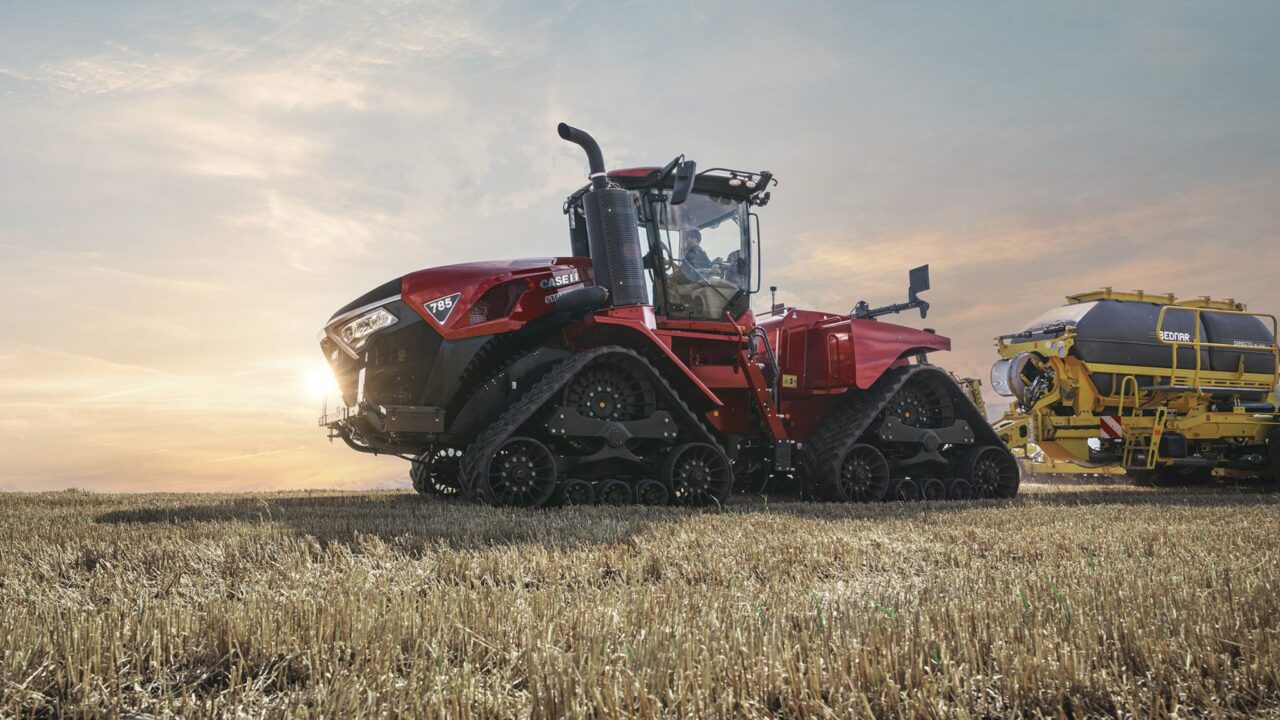This is the time of every Agitechnica year that manufacturers start sending out in earnest details of nearly all the new equipment they will showing at the show for the first time.
Unsurprisingly, it is the new machines themselves which draw the attention of farmers and dealers, but – as with every show that is held regularly – trends in buying patterns and practical developments are often as important as what is new on the market.
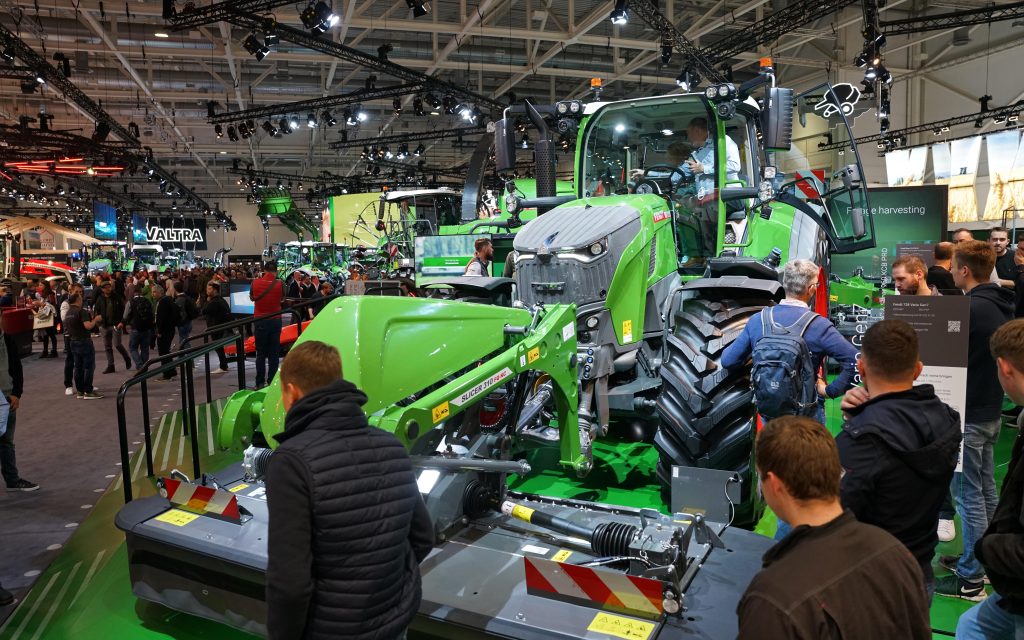
The DLG, in organising Agritechnica, and in its policy announcements generally, is keen to promote the digitalisation of agriculture, believing that this development will deliver great gains in productivity and an overall increase in food production.
And this refrain is echoed throughout the exhibiters for the 2025 show, as they relentlessly promote the various items of digital technology that have either been attached to their products or expanded in their operational scope.
Smaller tractors dominate
However, away from the algorithms with everything approach, the tractor manufacturers, in particular, have been taking a look at where the market lies.
For the last couple of years, we have seen them focus on the smaller end of the market.
Although nothing was clearly signalled at the recent preview, Case admits to holding something up their sleeve while there was also a suggestion that New Holland have something novel at the lower end of the power bracket.
Judging from the presentations at the preview, it appears that larger tractors’ quest for ever more power has been put on hold for a while as sales of larger machines slow.
John Deere and automation
John Deere suggests that it will have little that has not been announced already to bring along to Hanover.
Instead, the company was keen to point to how it believes farming will evolve in partnership with digital technology.
This will come as no surprise to those who are familiar with Deere’s trajectory so far, yet to devote a large and expensive stand at Europe’s premier agricultural machinery show to expressing a company policy rather than launching new products is a sure sign of intent.
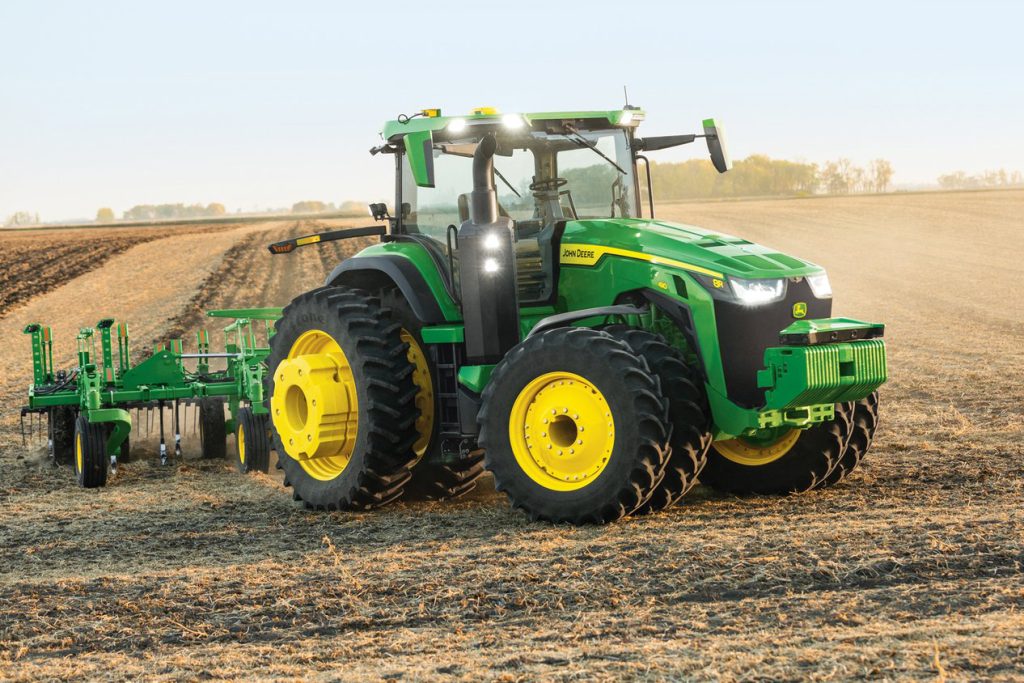
Part of that plan is the introduction of autonomous tractors. However, after much fanfare in 2022, it now transpires that the vehicles will need to operate within a much larger digital matrix to succeed.
Autonomy has received a great deal of attention over the past five years or so, but it appears to be going off the boil slightly, as the difficulties in getting the last 5% of development right become more apparent, and expensive.
As a result, John Deere will only sell its tractor autonomy to farms that are already immersed in the digital transition rather than to just anyone with deep enough pockets.
Steiger power from Case
Case have also had a busy year launching new products, and is naturally proud of its latest Quadtrac, the Steiger 785 with a maximum of 853hp.
It was suggested on Agriland that this may lead to a 1,000hp tractor in the not-so-distant future and indeed, the company confirmed that the transmission is capable of handling power at that level.
There is also a new Puma 185 from the company, which is said to be a total redesign, while the Magnum range has increased power levels along with other improvements conferring greater control and efficiency.
FTP are still very much the engine suppliers of choice, and the recent sale of the company to Tata of India has not brought any change to the CNH’s purchasing policy.
Valtra’s interactive manual
Valtra is another manufacturer that does not appear to have to any major announcements for Agritechnica.
Instead, it is launching an addition to the Valtra Coach app that brings the tractor manual to life.
The increasing capabilities and complexity of tractors has made the reference to a manual for an explanation of their operation a laborious task.
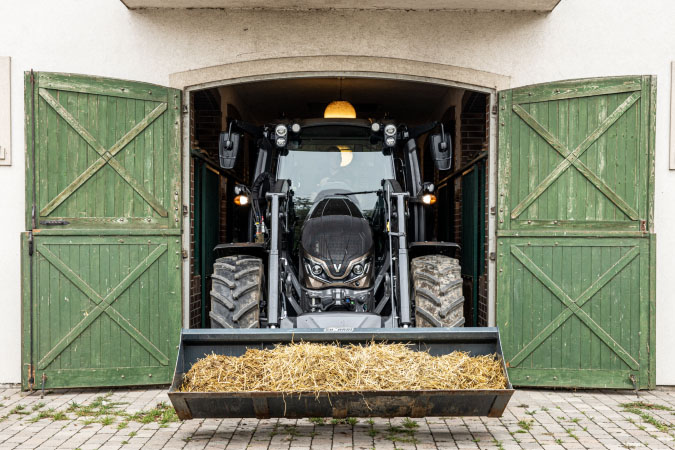
Recognising this, the company has placed all the information on its website, which can then be accessed via the phone app which relies on speech recognition to hunt down the appropriate data.
This is then presented in a clear and concise format on the phone screen.
For demonstration, it was asked how to engage Eco PTO, which, after a short pause, it did in a straightforward and easily understandable manner.
The system is initially available for the Q series only, and the first version will be released on a beta testing basis until the company is satisfied that any issues have been addressed.
Other news from the company is that it is bringing a CVT option to its smaller G series machines, which offer between 105-135hp.
New series from JCB
JCB not only has a new brace of tractors but also a new series to accommodate them, the 6000 series, which neatly fills the gap between the 4000 and 8000 ranges.
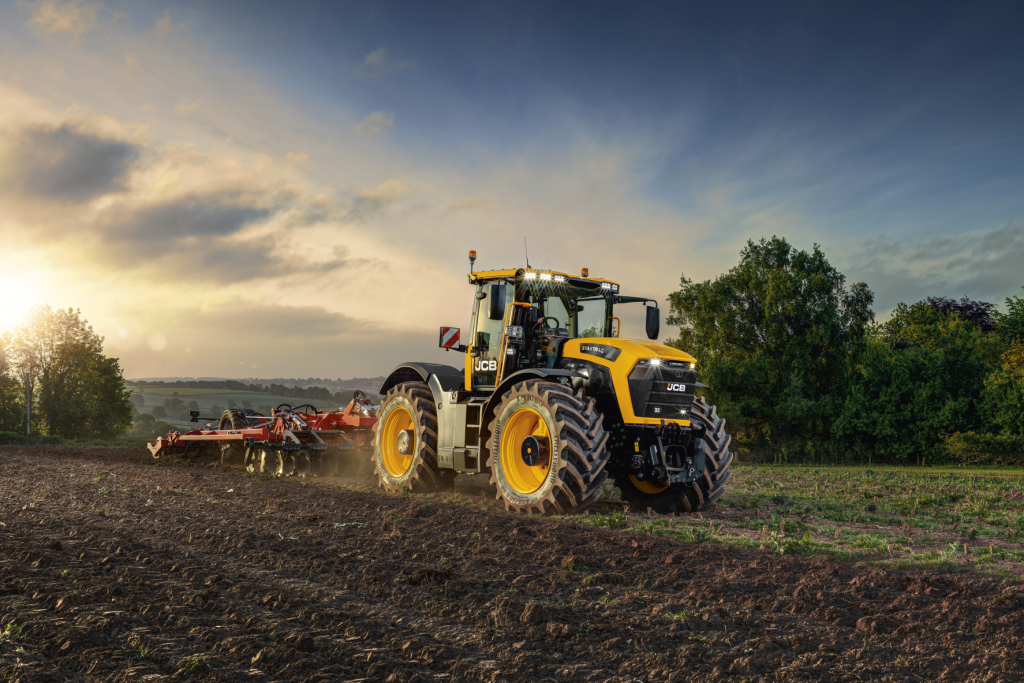
The two machines in question are the Fastrac 6260 with 212kW (284hp) and the 6300 at 250kW (335hp).
There is a new new chassis structure, selectable four-wheel steering, integrated tyre pressure control system, and a 66kph top speed – where permitted.
Updates to old favourite
Moving towards the fringe of the mainstream tractor offerings, Daimler Truck has updated the Unimog with a control position that can be shifted to either right or left-hand drive, while controls and touchscreen themselves have been updated.
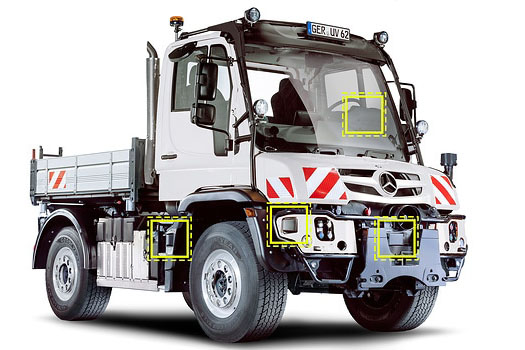
Being a truck manufacturer producing a tractor for field and road work, the introduction of advanced driving assistance systems (ADAS) features to the Unimog range should come as no surprise.
These features include all-round cameras for detecting objects or people on all sides and alerting the driver to their presence.
They are part of European General Safety Regulations (GSR), which are applicable to road vehicles but are now also moving into the agricultural sphere.
